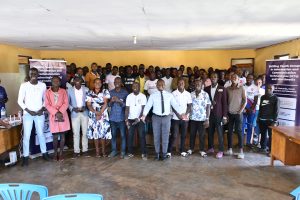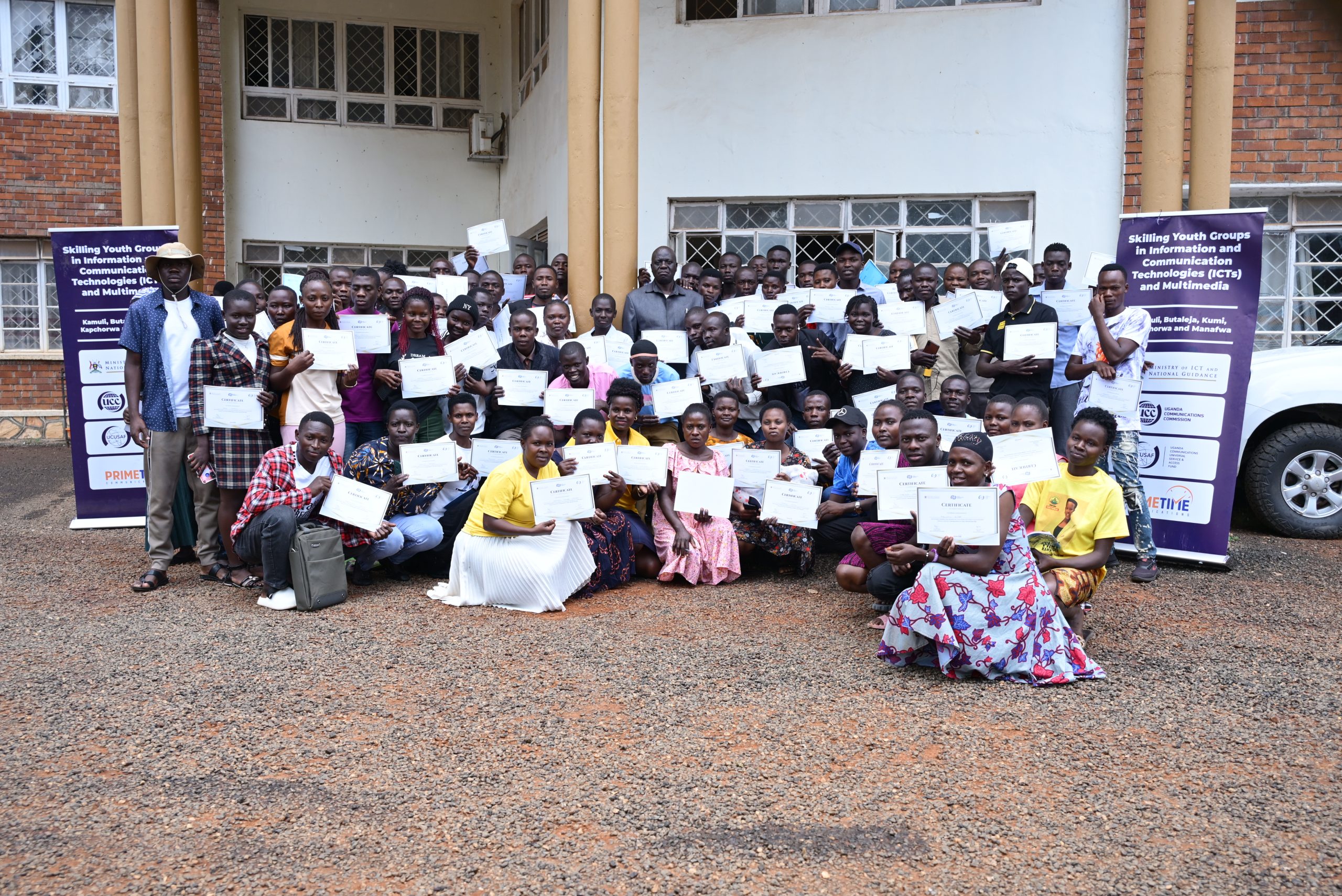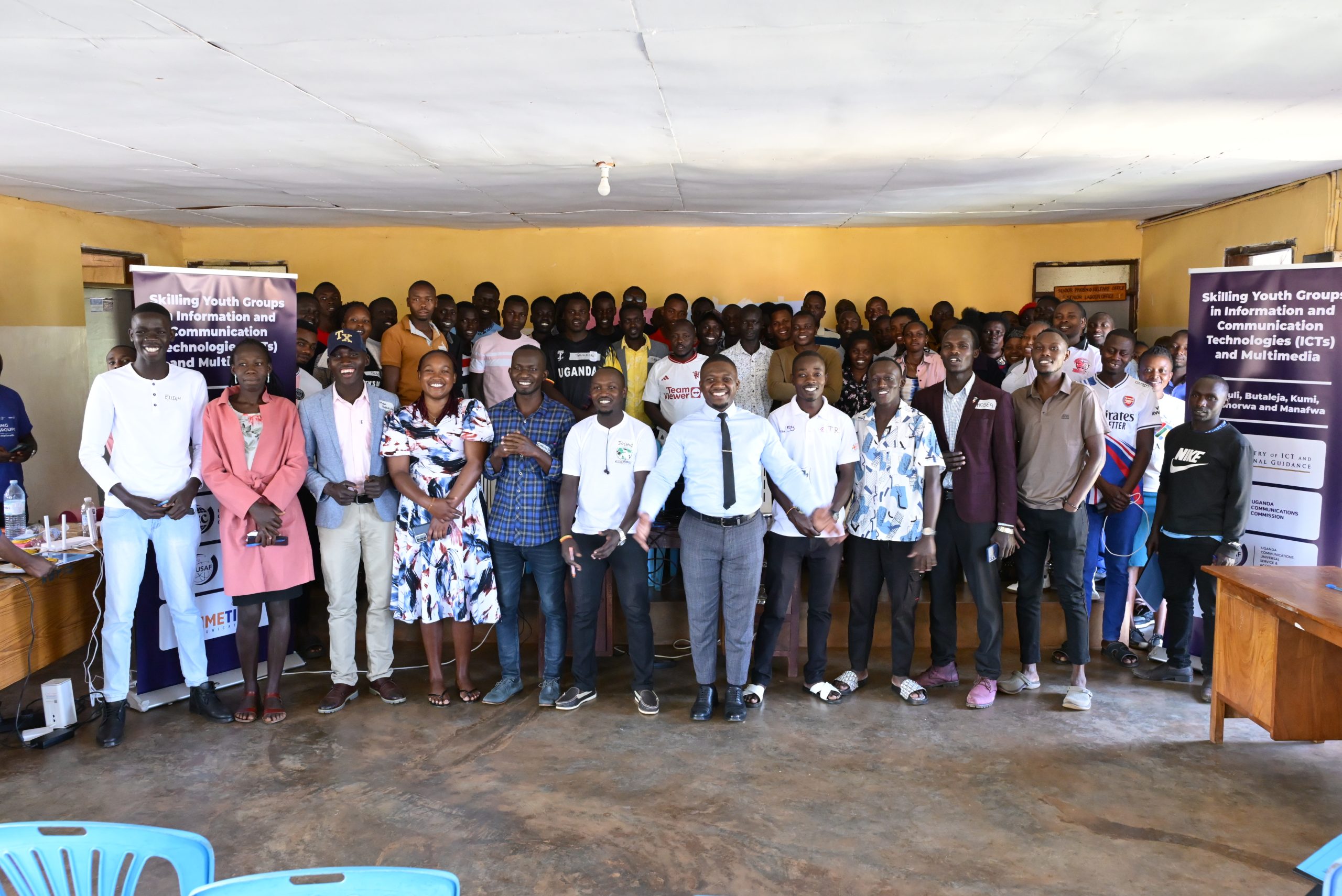By Sierra Ruth Arinaitwe
The Ministry of Energy and Mineral development Uganda has established the policy provisions for national participation through which Ugandans have been prioritized to partake in the development of the sector.
This follows the sector’s move to the development and production phase of the commercial quantities of oil which were discovered in the Lake Albert basin. This phrase involves activities such as engineering, procurement and construction of the different infrastructure that is required for the production and commercialization of the crude oil.
According to Robert Kasande, the Permanent Secretary of the Ministry of Energy and Mineral Development (MEMD), national participation of Uganda will be maximized through three main ways including “provision of goods and services by Ugandans, employment and training of Ugandans and technology transfer to Ugandans.”
Kasende made the remarks was speaking during the 7th Annual Oil and Gas Convention, which was held virtually due to the ongoing lockdown as a result of the second COVID-19 wave in the country.
The policies state that Ugandan entrepreneurs will be given chance to provide goods and services to be used during the production and commercialization of the crude oil in the Lake Albert basin. Section 53 and 125 of the upstream and midstream Acts states that; “the licensee, their contractors and subcontractors are required to give priority goods and services provided by Ugandan citizens and registered entities owned by Ugandans.”
The regulations ring-fenced a number goods and services that can only be provided by Ugandan citizens and Ugandan companies. Among these include; transportation, security, foods and beverages, hotel accommodation and catering , human resource management, office supplies ,fuel supply, land surveying, clearing and forwarding, locally available construction materials , civil works, environment studies and impact assessment, communication and information technology service, waste management and crane hire.
The policies also state that there will be provision of employment and training to Ugandans. Sections 54 and 126 of the Upstream and Midstream Acts provide for “training, recruitment and employment of Ugandans in all phases of petroleum activities taking into account gender, equity, persons with disabilities and host communities.”
Kasande explains that the regulations require that Ugandan citizens are given priority for employment in any petroleum activity executed by any licensee.
Kasande notes that to ensure successful implementation of the policy provision of national participation, there will be need to effectively implement the available policy provisions within the existing policy, legal and regulatory framework to foster national participation.
He as well called upon collaboration and coordination among the key stakeholders to efficiently implement the policy provisions to ensure maximum national participation in the oil and gas industry, establishment of industry collaboration forums and development and application of a holistic approach to measure and monitor national content.











